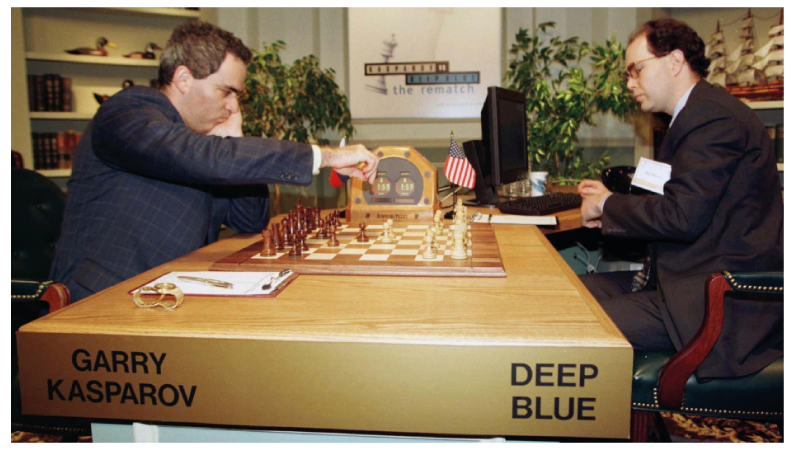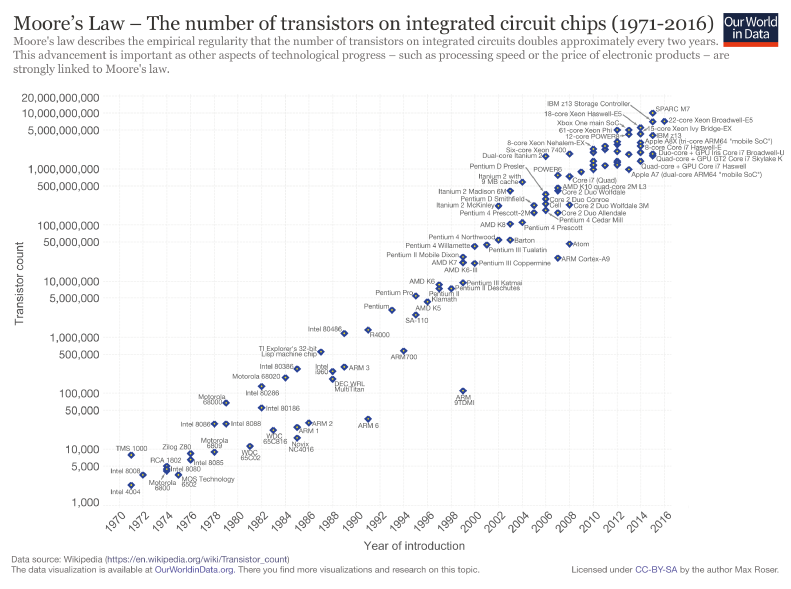The machines are rising, fast. The seminal moment for Artificial Intelligence arrived in May 1997 when IBM’s chess playing computer, Deep Blue, outwitted world champion Garry Kasparov. Over a decade later, IBM found their next target in the shape of Jeopardy! champions Ken Jennings and Brad Rutter. Their new program, Watson, took apart its human rivals in the televised general knowledge quiz. In 2016, Google’s DeepMind stunned the world when its program, AlphaGo, trounced top-ranked player Lee Sedol 4-1 in the ancient Chinese game of Go, a feat many experts predicted would take computers another decade to achieve. If games are the yardstick against which to measure intelligence, things do not seem to bode well for humans.

For so long, humans had become used to the idea that machines can displace human muscle; we lauded the industrial revolution for relieving us of our physical burdens. Deep Blue’s triumph confronted humans with a disconcerting new possibility: now the machines could displace human cognition as well. As machines expand their capabilities, doubling their processing power every eighteen months in line with Moore’s Law, humans are left pondering what this means for our job prospects, and even our survival. The fear of Artificial Intelligence springs from the threat of automation. Study after study shows that increasing numbers of jobs contain skills that are easily dealt with by machines. Warnings of an employment apocalypse seem wildly premature, but there can be no doubt that the technologies of the digital age are reshaping what it means to be a productive member of the workforce, and of society.

Teachers find themselves in the crosshairs of automation. Unesco reports that by 2030, 33 countries will face a shortfall of teachers to provide every child with a primary education. Almost 26 million teachers will have to be recruited to fill that gap, the vast majority of which will arise from existing teachers leaving the profession. Along with rising class sizes and relentless demands on workload, these figures make the appeal of AI all the more alluring. To some, the future of the teaching profession rests with ‘intelligent tutoring systems’ that are poised to replace human instructors at the chalkface.
The problem with this displacement narrative is that it expects too much of technology, and appreciates too little of humans.
Artificial Intelligence, in its current form, is incredibly narrow in its focus. AlphaGo will trounce you at a game of Go, but don’t expect it to make you a cup of coffee (or even tell you what a cup of coffee is). AI systems are designed to solve specific problems using highly specialised methods. The search for Artificial General Intelligence – the ability of a single system to carry out diverse tasks – is ongoing, and there is no evidence yet that it is on the horizon for machines.
Teachers should feel reassured because they know all too well how rich and diverse their profession is. There are so many dimensions to teaching – cognitive, social, emotional and more – that to replicate teachers’ most authentic qualities will require a level of machine intelligence that has not yet been demonstrated, and maybe never will. After all, would you ever really entrust your child’s emotional development to a machine?
These are questions we have been pondering at Whizz Education for some time. We have participated in research projects such as iTalk2Learn that explore the frontiers of intelligent tutoring. We’re asking the question of what the next generation of these technologies looks like, and what components of human teaching we should be outsourcing to machines.
Our research and experience as educators tell us that there is an indisputable role for technology, because there simply isn’t enough time in the day to attend to every child’s learning needs unassisted. We would also echo Arthur C Clarke’s sentiment that ‘any teacher that can be replaced by a computer, will be’. That might sound threatening to some, but it simply challenges us to declare those aspects of human teaching that are impenetrable by machines. Our aim is to liberate teachers of the most mundane aspects of their instruction such as marking and assessment, leaving that part to technology. Instead, teachers can devote their time to studying the learning insights that these systems generate, and preparing lessons that maximise their face-to-face time with students, enriching the social environment in which learning takes place.
So what should AI stand for? Not Artificial Intelligence but Augmented Intelligence. Machines are tools for helping us solve problems, that’s all. Used the right way, they can amplify the very best of our human qualities. Let it be so for teachers.
